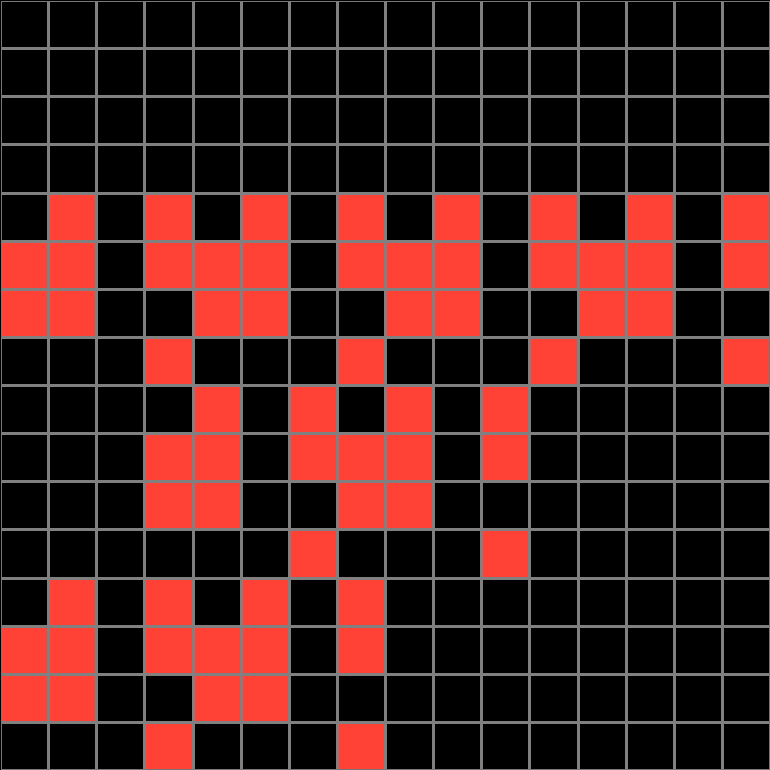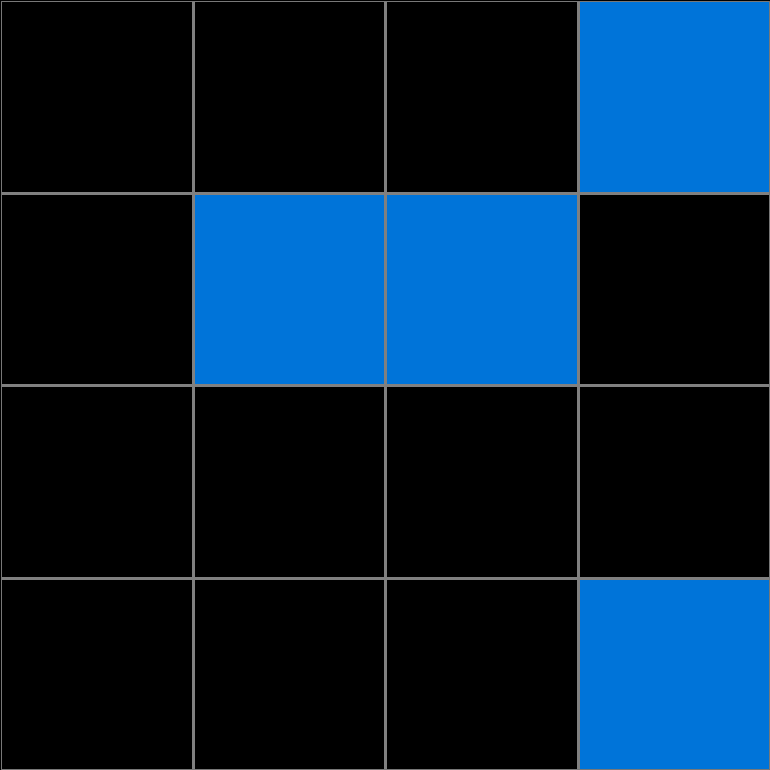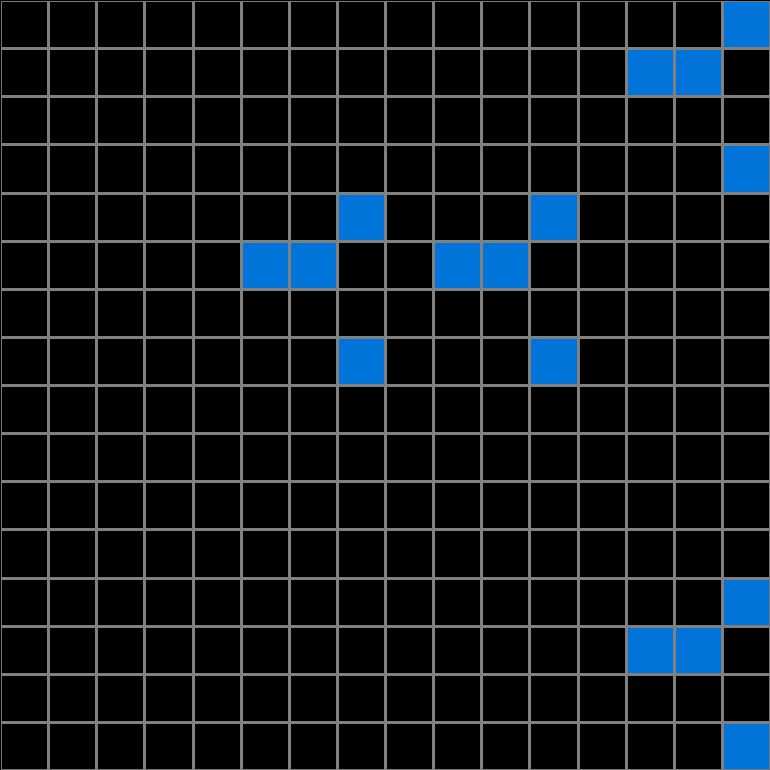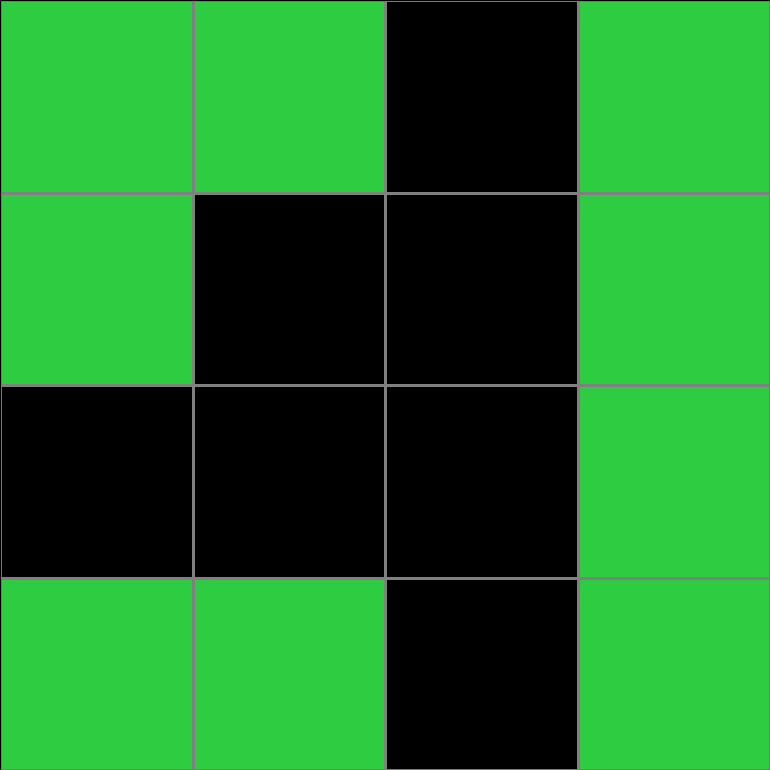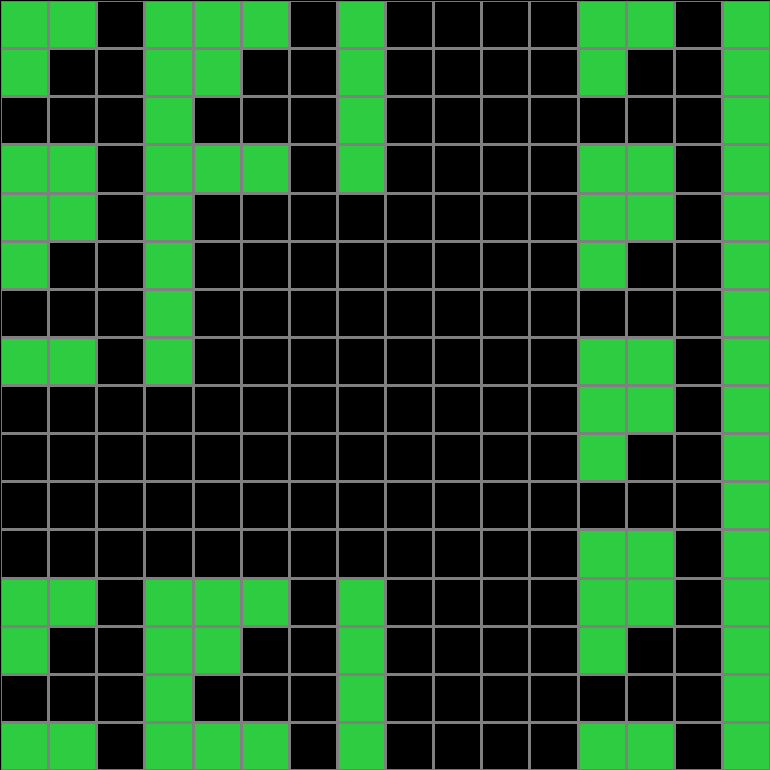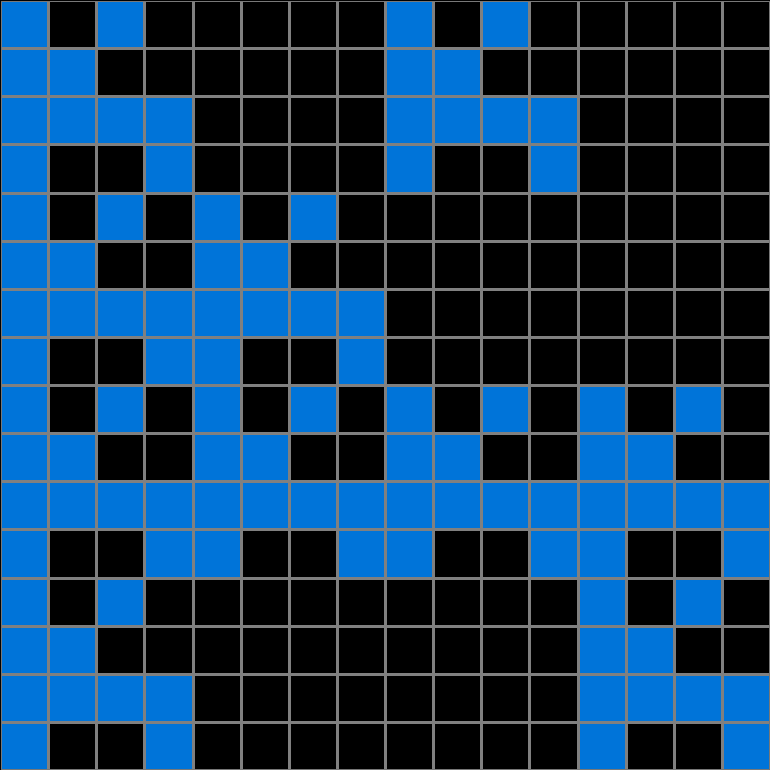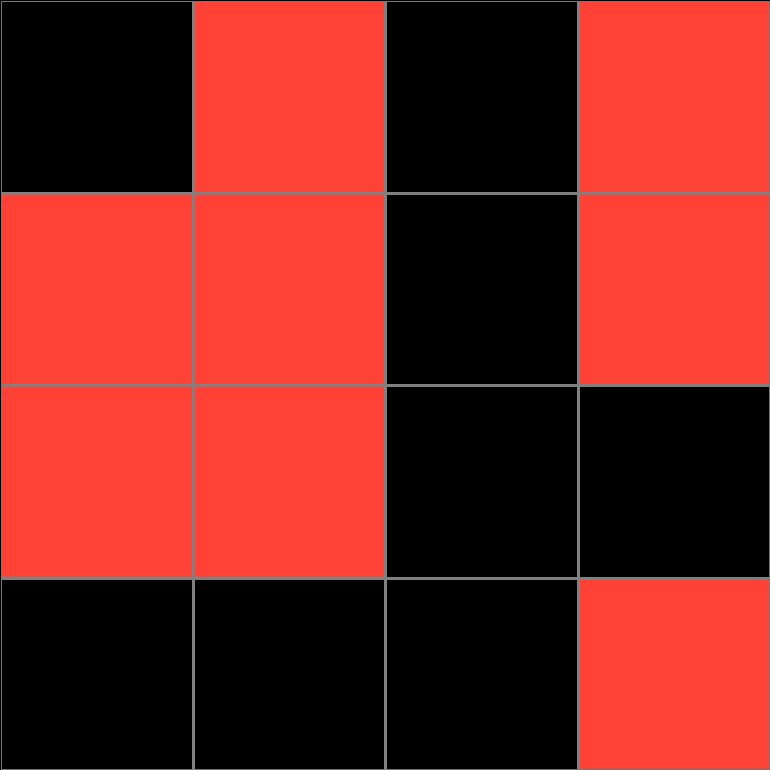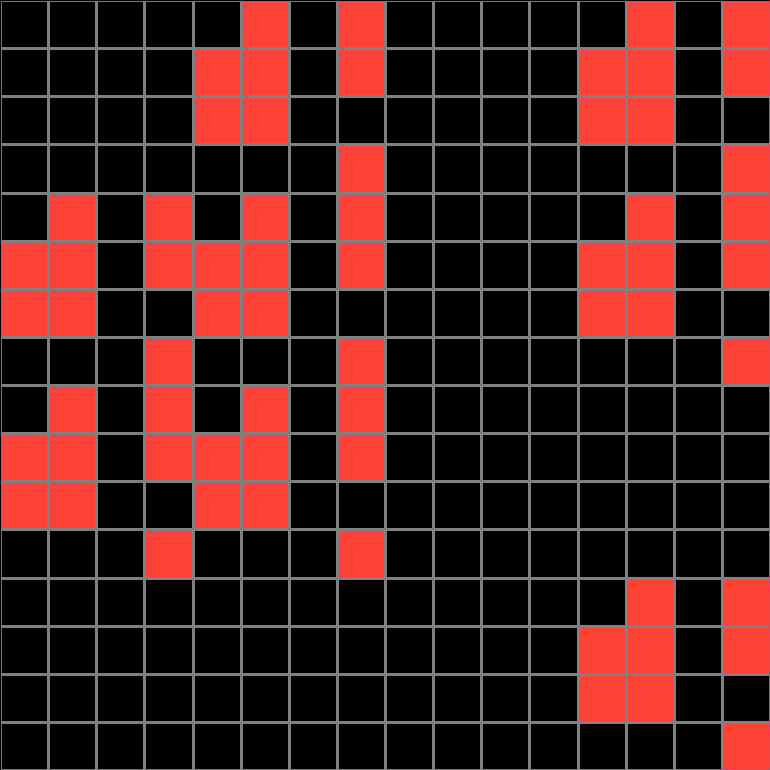Participant 1
Initial description: If a block in the input is red then the entire pattern should be added to the corresponding 16 block area of the output.
Final description: If a block in the input is red then the entire pattern should be added to the corresponding 16 block area of the output.

Participant 2
Initial description: I dont know
Final description: I thought I had to splotch red on it a bit.


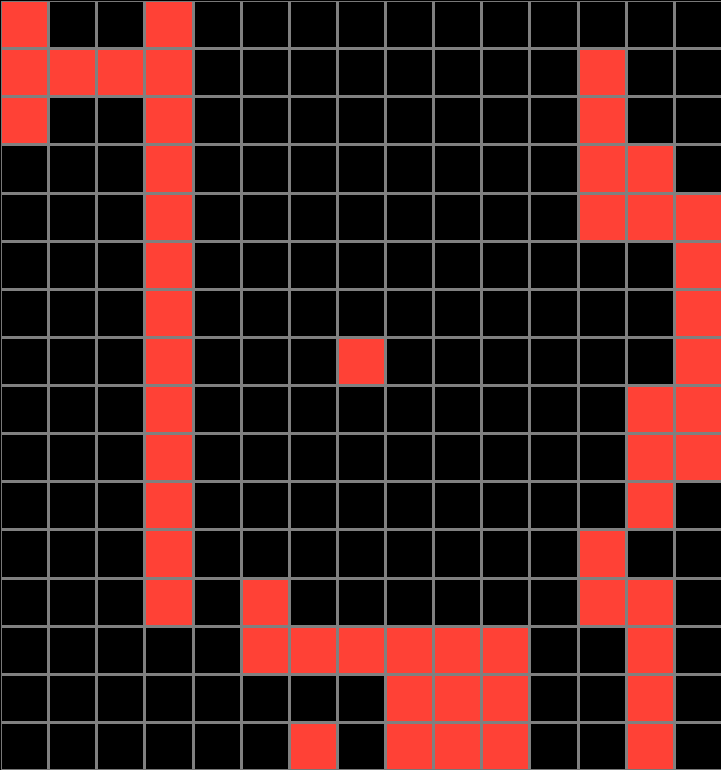
Participant 3
Initial description: I copied the pattern into the quadrant if it was colored in the original. If it was black, the entire quadrant stayed black in the copy.
Final description: I copied the pattern into the corresponding quadrant if it was colored in the original. If it was black, the quadrant remained black.
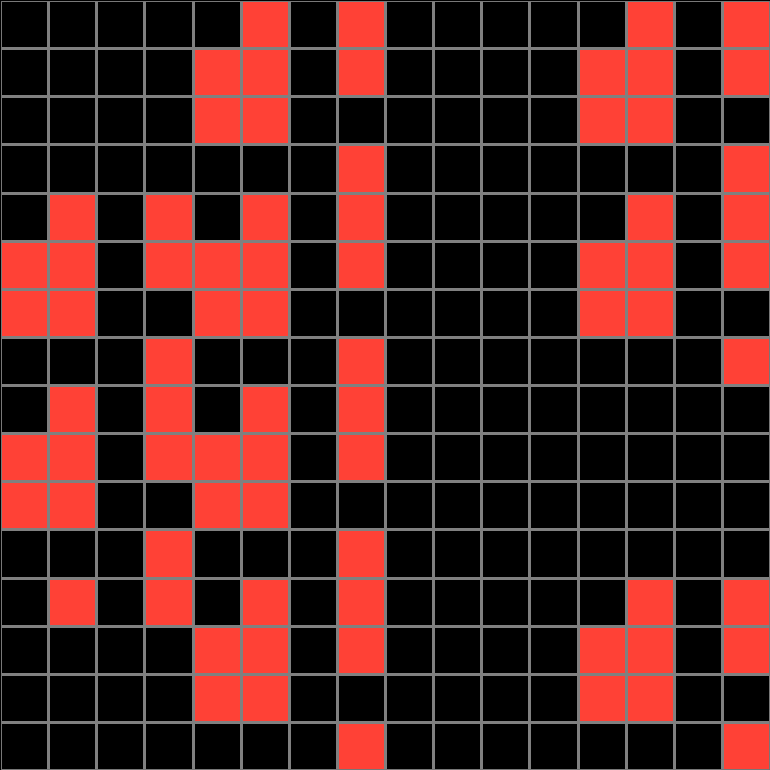
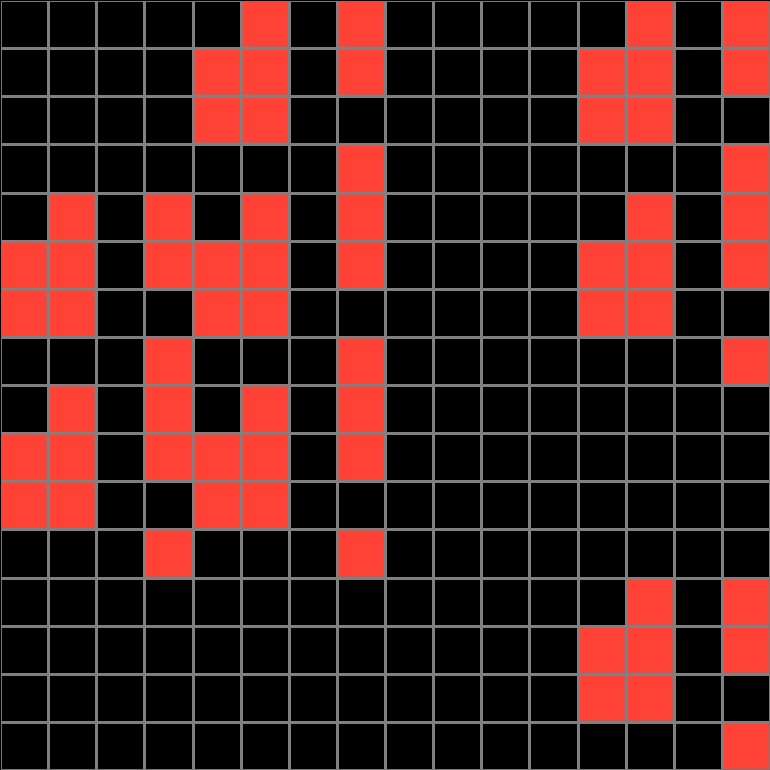
Participant 4
Initial description: Based on color, follow the example output pattern. At the top quarter section, the pattern is on the sides, in the next one, it is on all four sections. In the third quarter, it is only on the sides, and in the last quarter, you make the pattern in the second and fourth sections.
Final description: I honestly could not figure it out. The example outputs all seemed to have no real pattern to follow.
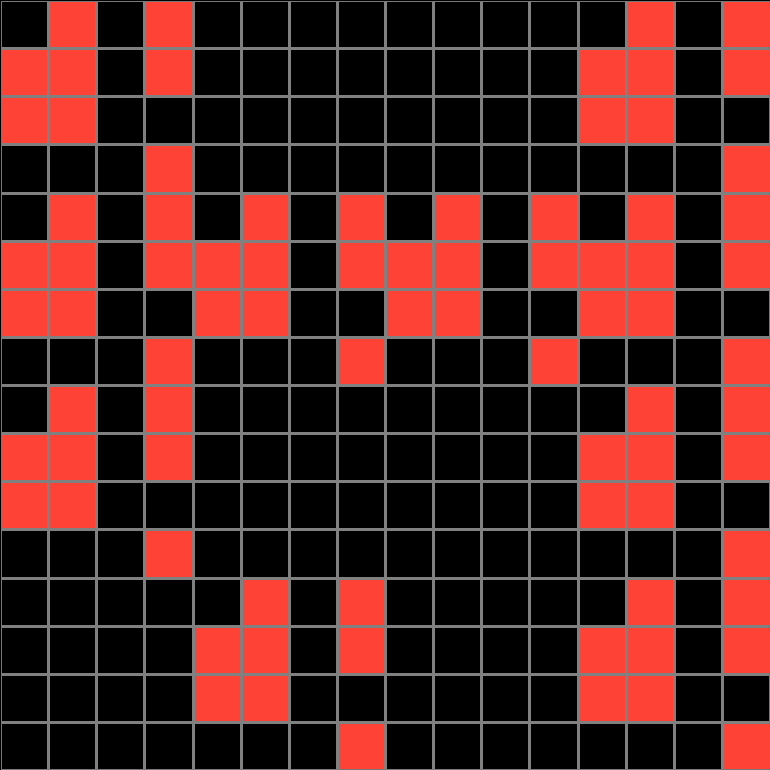

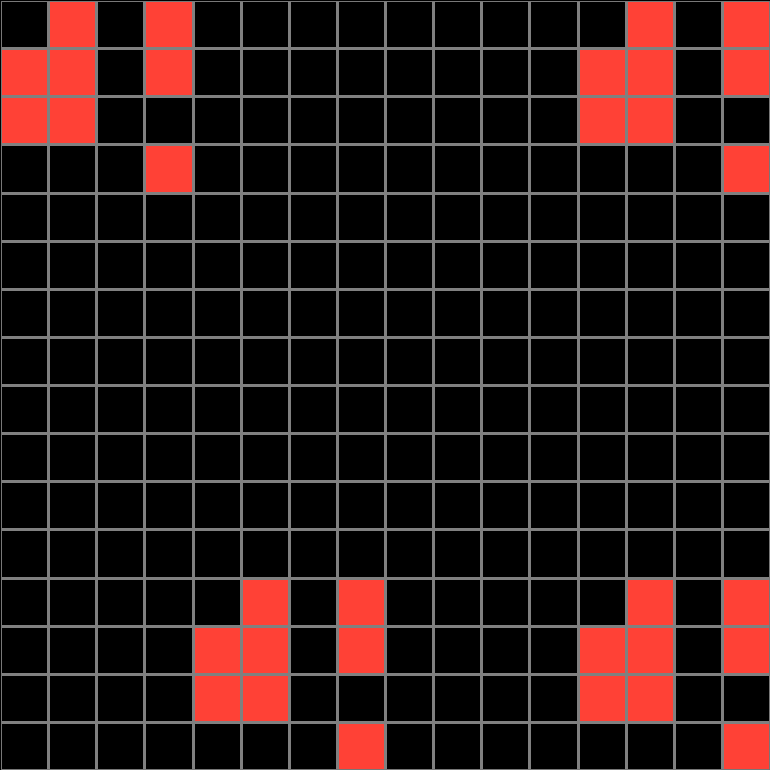
Participant 5
Initial description: The example input pattern is repeated the same number of times in the output grid as there are numbers of colored squares in the input. The location of the repeated pattern corresponds to the location of the colored squares in the input pattern.
Final description: The example input pattern is repeated the same number of times in the output grid as there are numbers of colored squares in the input. The location of the repeated pattern corresponds to the location of the colored squares in the input pattern.
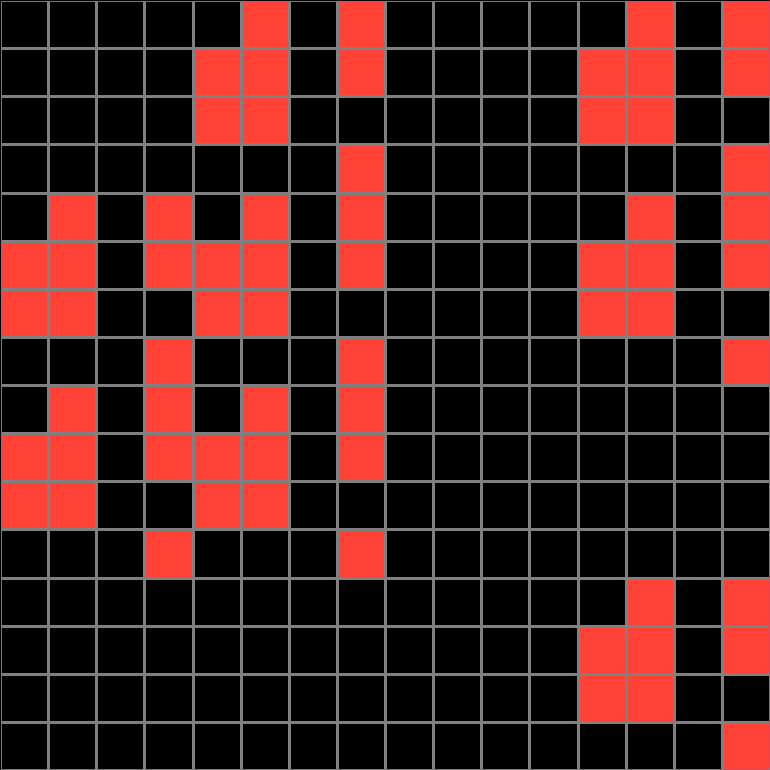
Participant 6
Initial description: In a 16 x 16 grid, replicate the color and pattern of the overall input grid in the 4 x 4 squares that correspond to the colored squares of the input.
Final description: In a 16 x 16 grid, replicate the color and pattern of the overall input grid in the 4 x 4 squares that correspond to the colored squares of the input.
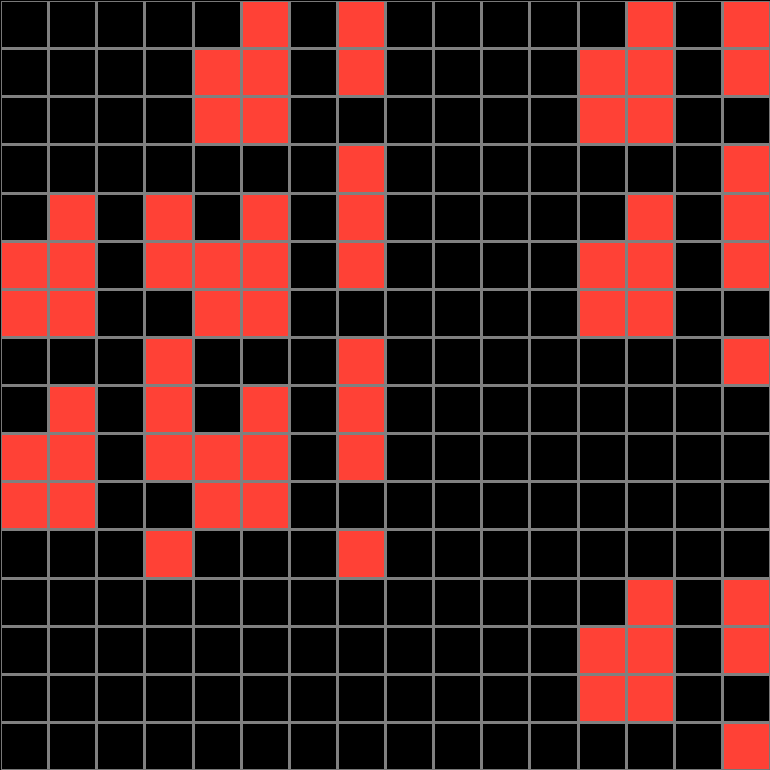
Participant 7
Initial description: Take the test input and multiply by 4 and move around so it fits the red example structure
Final description: Tried to match it like red then tried the pattern with eight blocks then when back to red but with eight blocks clearly I have no clue.
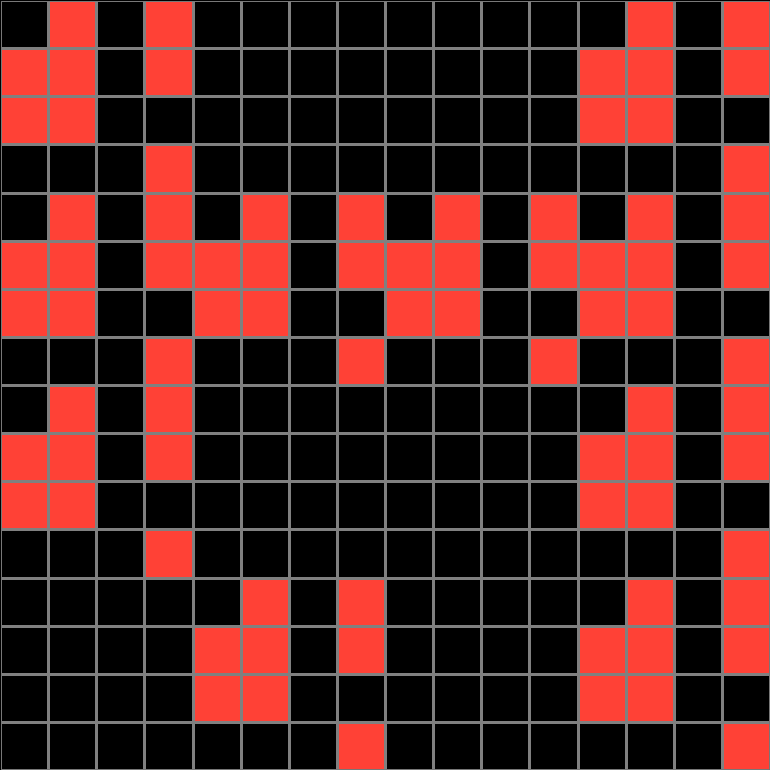
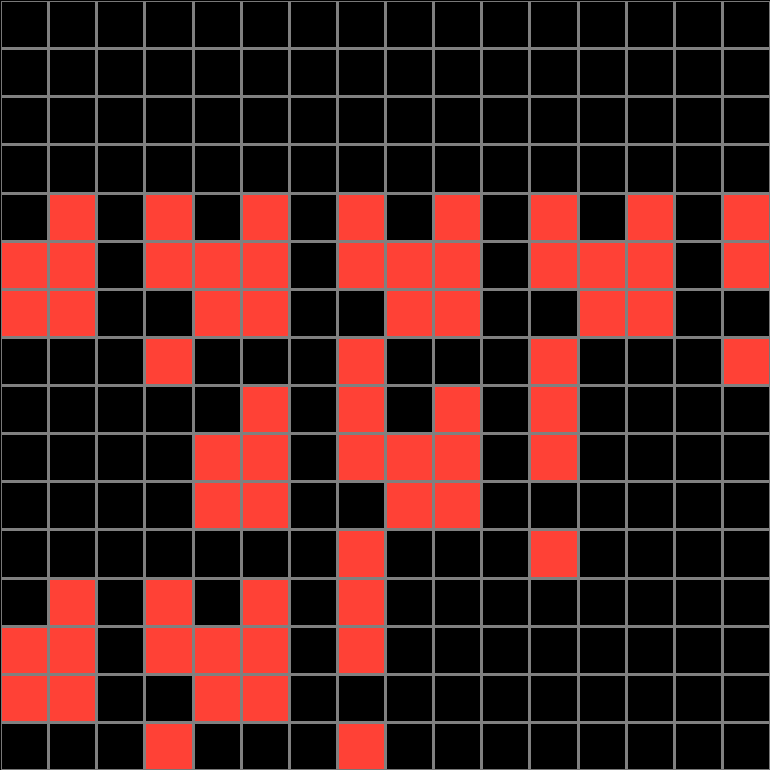
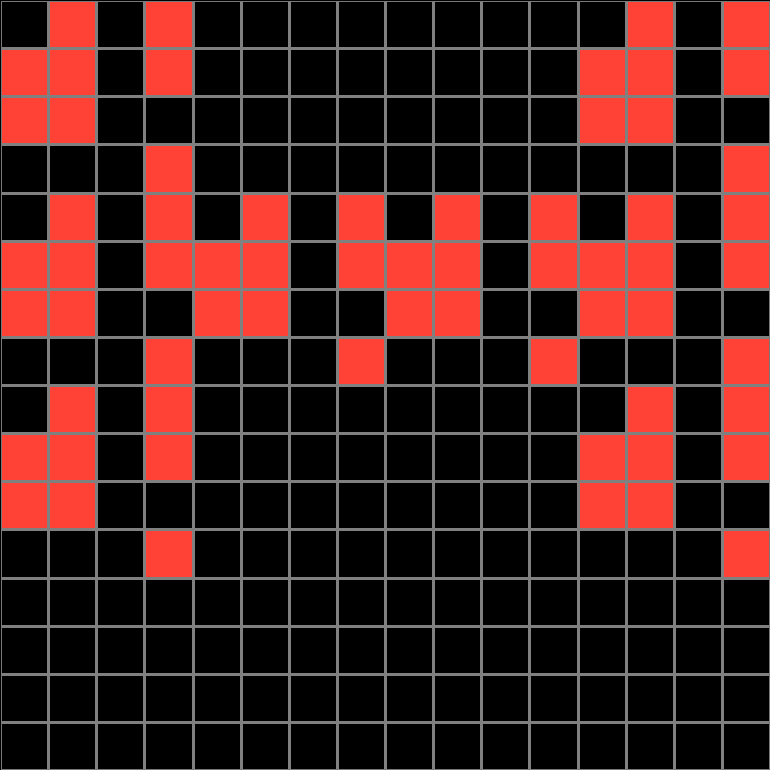
Participant 8
Initial description: Accident.
Final description: I'm done with this one.
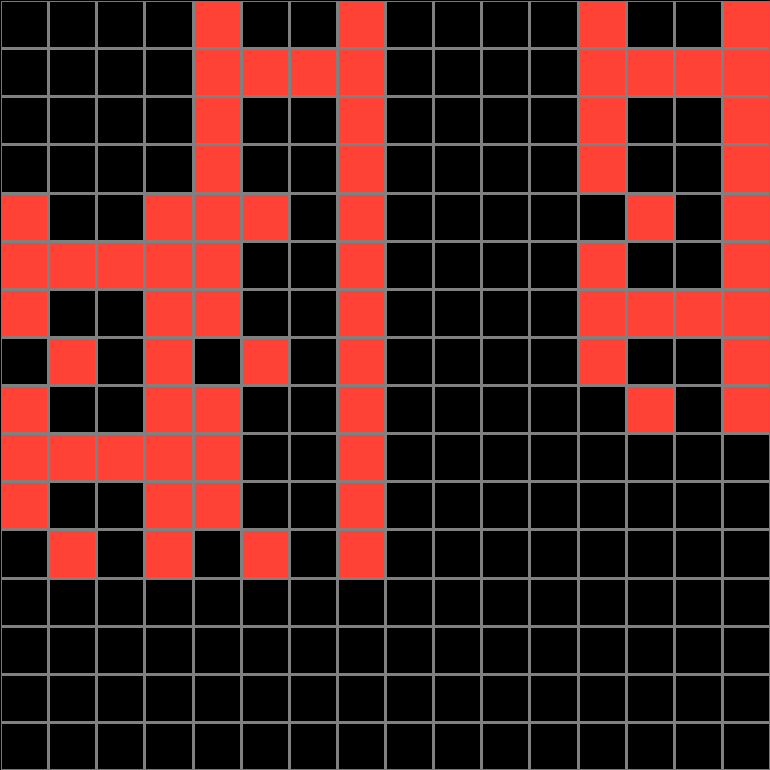


Participant 9
Initial description: I really could not figure this one out. The best I could guess is start at both left and right but I do not know how to fill in the middle.
Final description: In the input, each box represented a 4x4 box in the output. So the first box in the upper left hand corner indicated I should not put the pattern in the first 4x4 section in the output. That was the key
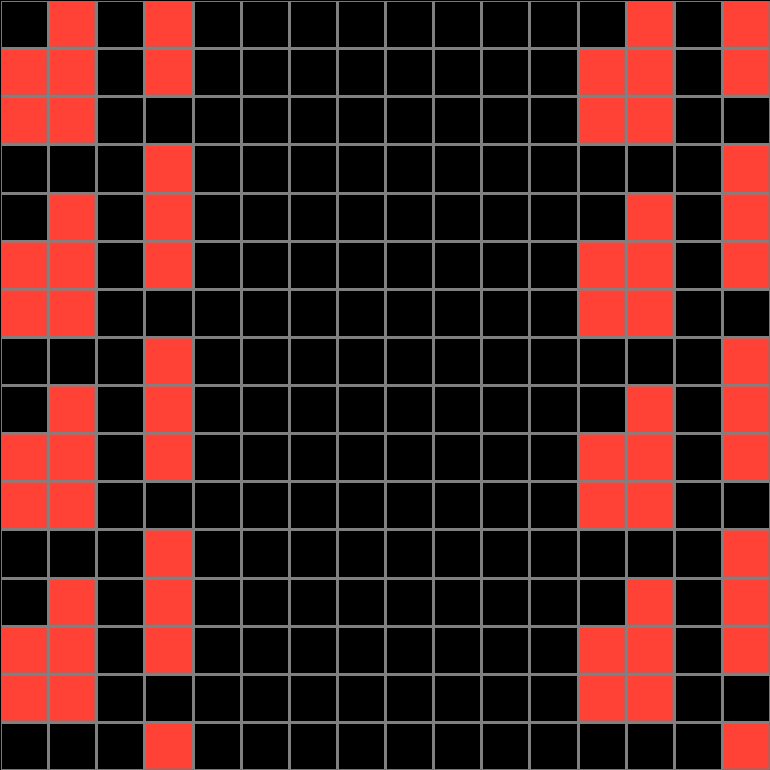

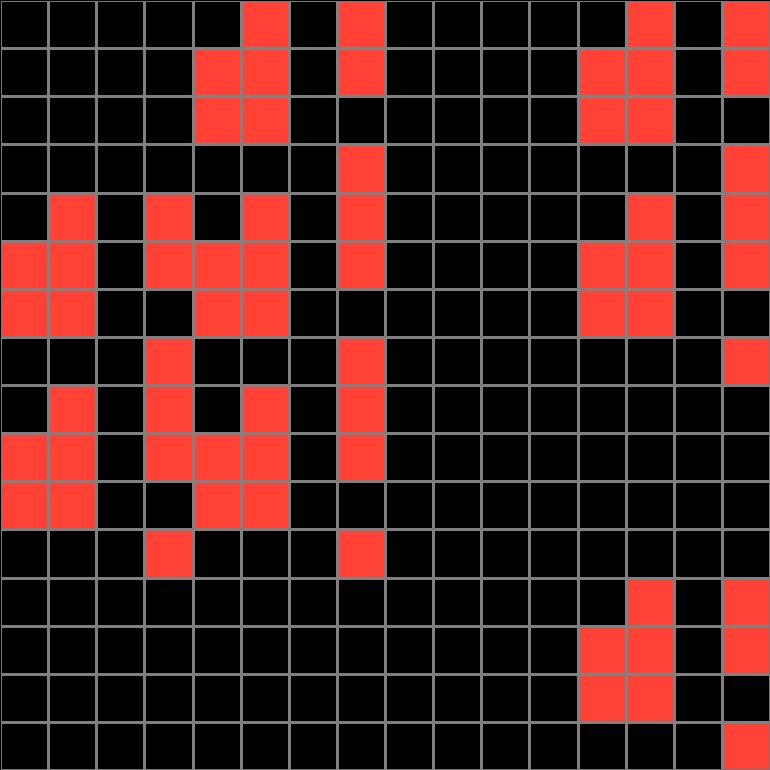
Participant 10
Initial description: Use and essentially replicate the given pattern on a larger scale. Put the whole pattern in each block that is originally highlighted in the pattern itself.
Final description: Use and essentially replicate the given pattern on a larger scale. Put the whole pattern in each block that is originally highlighted in the pattern itself.

Participant 11
Initial description: each 4x4 grid corresponds with a pattern on a 16x16 grid with the filled in blocks on the 4x4 grid being which tiles of the 16x16 grid contain the 4x4 grid pattern.
Final description: each 4x4 grid corresponds with a pattern on a 16x16 grid with the filled in blocks on the 4x4 grid being which tiles of the 16x16 grid contain the 4x4 grid pattern.
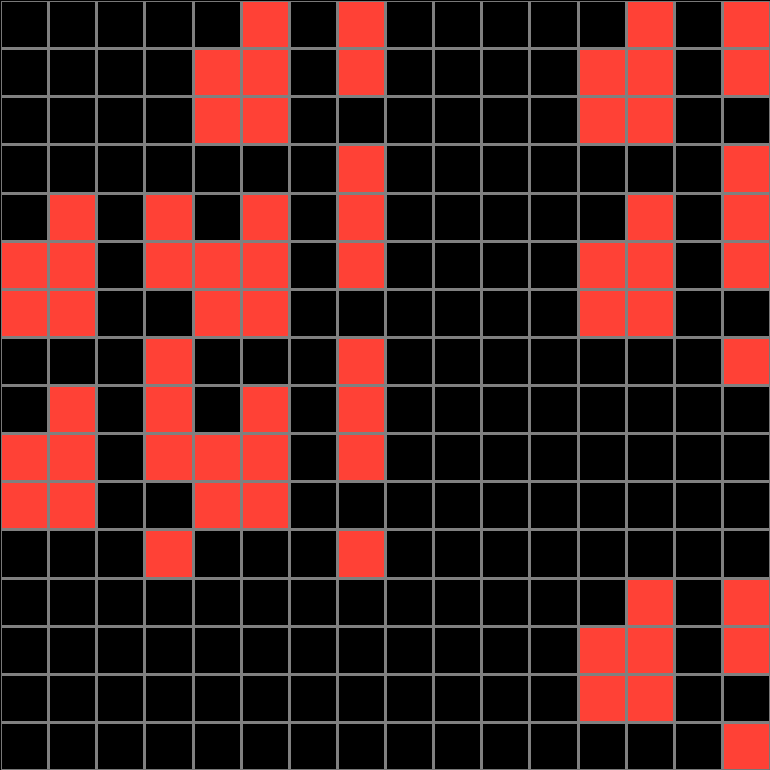
Participant 12
Initial description: After changing the height and width to 16, you would then copy the input given but on a large scale. You would copy it the same number of times as the amount of squares that were given in the input. So if you had 6 colored squares in the input, you would copy that design 6 times in the output.
Final description: After changing the height and width to 16, you would then copy the input given but on a large scale. You would copy it the same number of times as the amount of squares that were given in the input. So if you had 6 colored squares in the input, you would copy that design 6 times in the output. The squares must touch the same positions as the original input given.
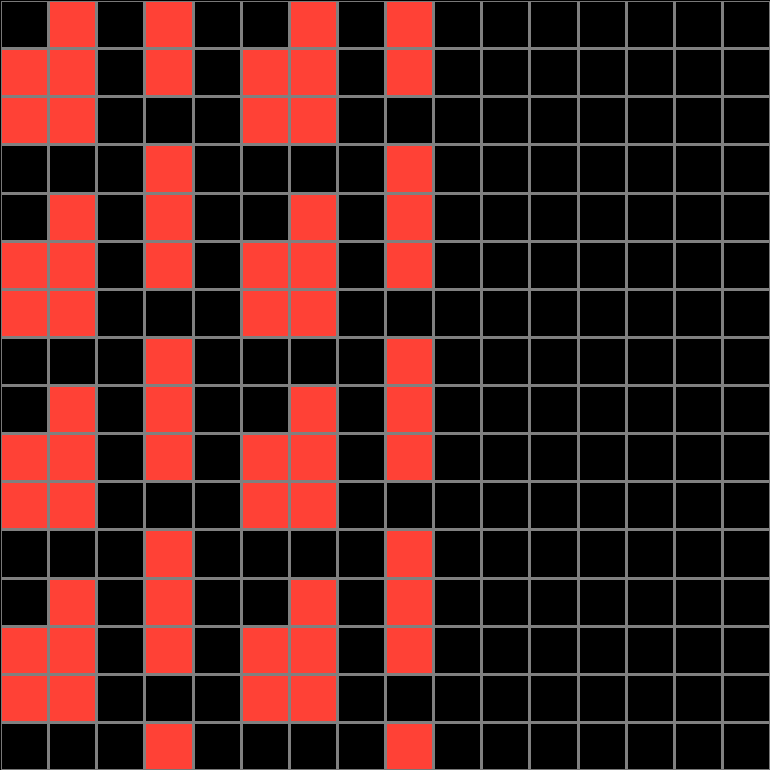

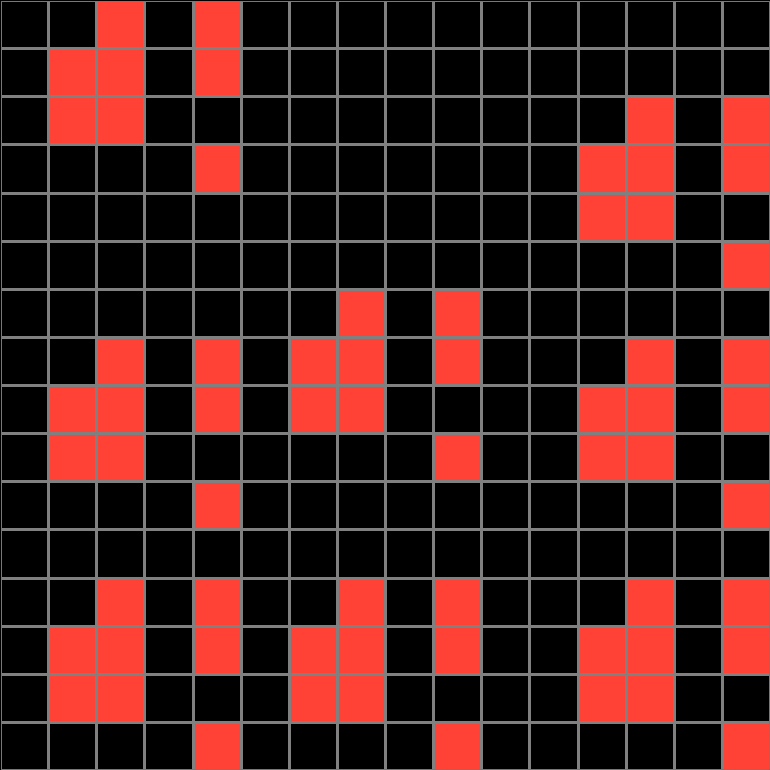
Participant 13
Initial description: Copy the 4x4 input design, then, on a larger 16x16 grid, paste the input in the top right corner, and repeat pasting the input 4 times down the right hand edge. On the left side edge, paste the input in the top left, and repeat that input 3 more times downward, and paste the input a 4th time shifted over 4 blocks from the bottom left. Create a horizontal row of the input design, connecting each side starting 5 blocks down from the top.
Final description: I am only sure about the fact that I am frustrated. I thought I copied the format from example 1 that shares the same colored square, then tried example 3's format since both had 8 colored squares.


